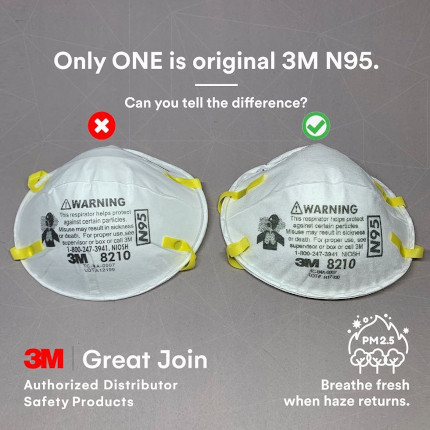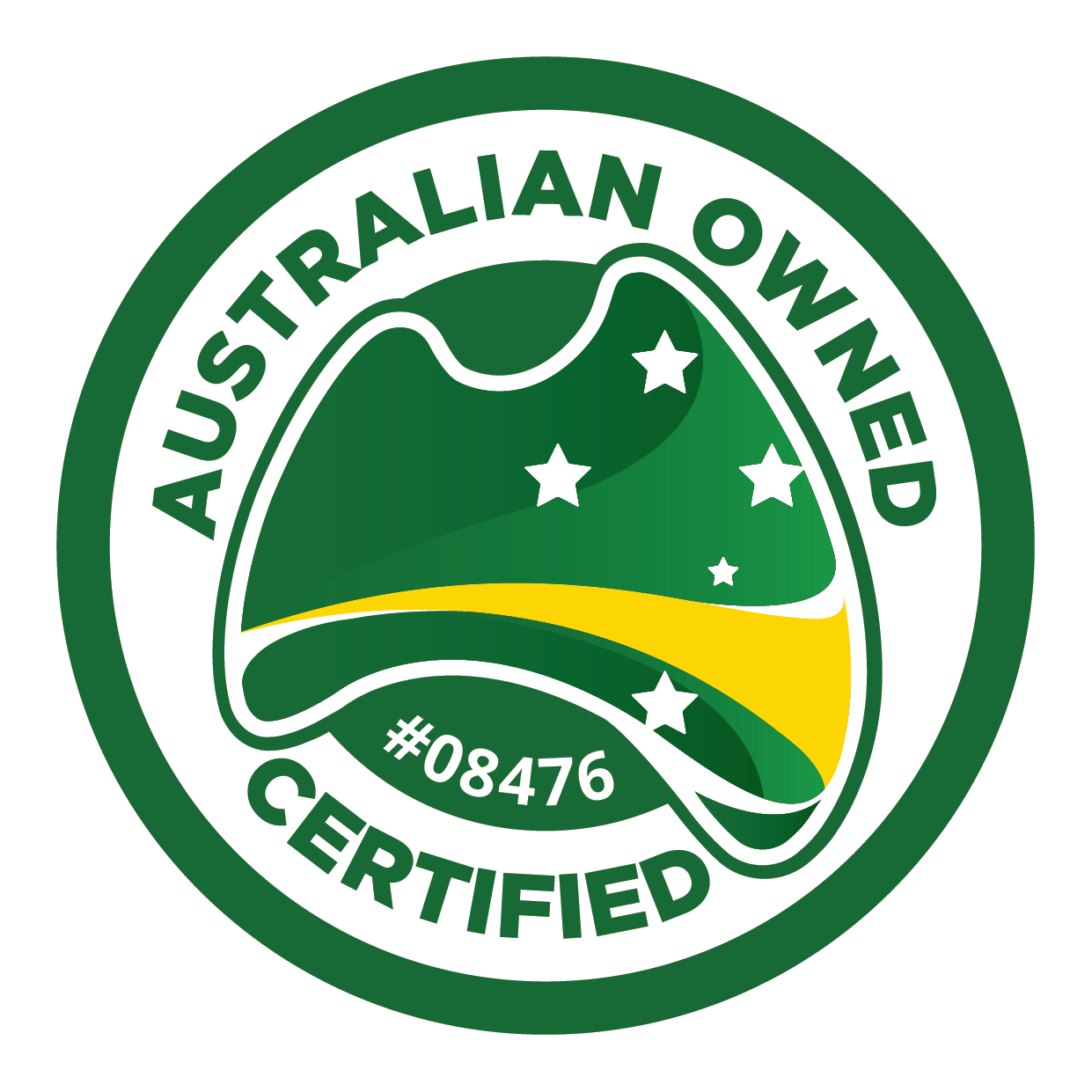13 May 2020 Tips to Avoid Counterfeit Respiratory Masks
Confused By All The Different Respirator Mask Options? P1, P2, P3, N95, KN95 etc.
ABL Can Help You Avoid Counterfeit Masks And Get The Respiratory Protection You Require!
Due to the Covid-19 Pandemic (Coronavirus) a high demand and shortage for respiratory protection (face masks) occurred.
This has resulted in face masks being prioritized for our hardworking and underappreciated health care services who are on the front line of COVID-19.
Despite the high demand for respiratory protection within the health care division, many other industries require the use of respiratory protection to help reduce exposure to hazardous particles and substances (construction workers, painters, pest control etc.).
Increased demand of these product prove to be a challenge for the construction industry, as stock levels of well known brands such as 3M are now being placed on restricted supply.
These shortages and restrictions caused intense pressure on many buyers and distributors worldwide to find a suitable alternative in order to keep their workers safe, or to be able to continue working.
Respiratory protection in Australia is subject to certain standards, for example, some face masks provide protection against particulates (like silica dust) and are classified as a P1, P2, or P3 in accordance with the AS/NZS 1716:2012.
Note :There is also an additional standard for using respiratory protection which is covered in AS/NZS 1715:2009.
Counterfeit respirators are face masks that are falsely marketed and are being sold as ‘NOISH-Approved’ or portray having the classification as P1, P2, or P3.
Counterfeit masks do not hold these classifications and they may not be capable of providing the appropriate respiratory protection for workers and the public.

Around the world respiratory protection is subject to many other regulatory standards, some may be similar or equivalent to our Australian standards, but it helps to always be aware of the difference when purchasing respiratory protection online.
Key Signs Your Face Mask / Respirator Is Counterfeit
- No markings at all on the filtering face piece respirator
- No approval (TC) number on filtering face piece respirator or headband
- No NIOSH or Respiratory Protection markings
- NIOSH or Standards spelled incorrectly
- Presence of decorative fabric or other decorative add-ons (e.g., sequins)
- Claims for the of approval for children (NIOSH does not approve any type of respiratory protection for children)
- Filtering face piece respirator has ear loops instead of headbands


How Can You Confirm Whether The Face Masks You’re Buying Meet The Australian Standards, An International Equivalent?
- Firstly, always check the certification and verify that it is sourced form an authorised organisation, or accredited testing facility.
- Secondly, verify if the product supplied matches the accompanying material certification documents.
- Thirdly, verify the product has the relevant and necessary required stamps with the appropriate standard.
- Lastly, verify that the face masks are of a suitable size & fit for the wearer, Respiratory Fit Testing is required by AS/NZS 1715 before it can be worn within the workplace or work site, even if the face mask is certified to an international standard.
Relevant International Standards For Face Masks / Respirators
Product Type |
Relevant Standard |
|
Marking Requirement On The Product |
| P2 | AS/NZS 1716:2012 Australia / New Zealand |
|
|
| N95 | NIOSH-42CFR84 U.S.A |
|
|
| FFP2 | EN 149-2001 Europe |
|
|
| KN95 | GB2626-2006 or GB2626-2019 China |
|
With recent COVID-19 events within Australia and being a part of a world that doesn’t hesitate to try to scam people online, it is recommended to use extra caution when purchasing face masks online from unknown suppliers, especially from oversea countries.
Further Actions To Help You Ensure You're Purchasing Certified Masks / Respirators
- Get product certificates from the manufacturer that certify the RPE has been manufactured in accordance with AS/NZS 1716: 2012 or an equivalent international standard.
- Check that the product certificates issued by a certifying body are legitimate - they'll have a licence number and the manufacturer’s name which can be found on the certifying body’s website, along with a list of the licensed models of respirators and filters.
- Check this Guide to buying P2 or Equivalent Respirators for use in the Australian & New Zealand Work Environment
- Check this NIOSH list for all the approved United States N95 disposable respirators.
- Check this Spotting fake respirators guide from the British Occupational Hygiene Society
- Check this NIOSH list for examples of fake respirators.
- Make sure workers are trained to use and maintain RPE.
- Make sure workers are fit-tested so there's an adequate face seal with their respirator





 © ABL Distribution 2025. All Rights Reserved.
© ABL Distribution 2025. All Rights Reserved.